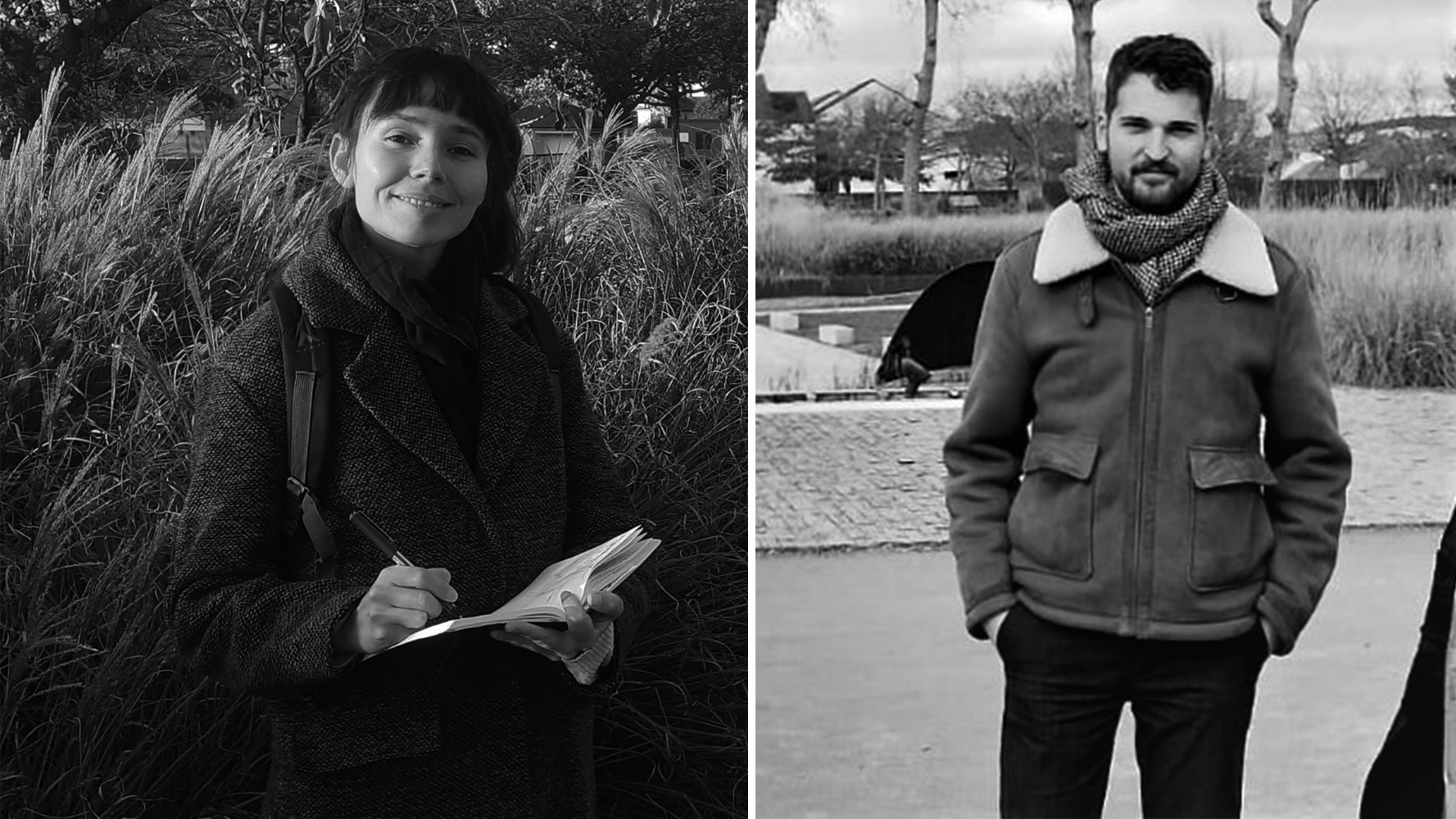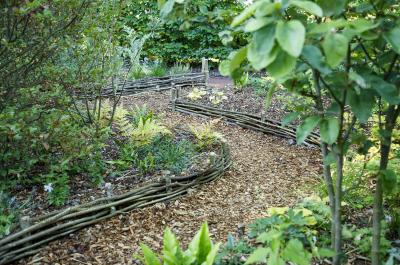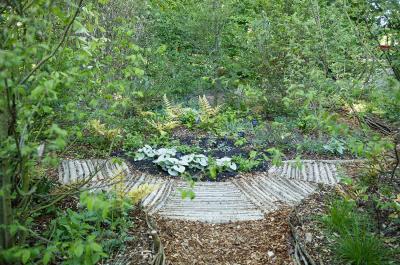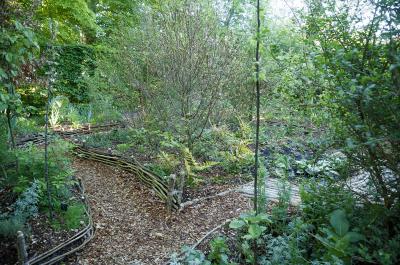25. Le jardin primaire

Where did life originate? Science and religion provide partial explanations of the origin, but this largely remains a mystery to us all. The rich and complex nature of lifeforms makes life itself difficult to define. Yet, it is possible to get closer by looking at the differences between the domesticated and the wild, and the perfectly laid-out vegetable garden and the forest. The gardener’s hand is soon revealed. Their expertise and talented way of taming the living allow them to extract from the garden what is beautiful and beneficial for nourishing both body and soul. Their flower beds are organised depending on the seasons. But down the straight pathways, other tracks open up onto more dense vegetation. The plants are familiar. They are the plants of our landscapes, the wild or forgotten fruit trees of our countrysides, the bushes from our hedgerows. Vegetation that is cultivated, but that does not follow the usual codes of the garden. Life remains a mystery, surrounding this lush environment. Between the trees, there is a clearing where spirits might just be inspiring new forest legends. A balance forms between our desire for control and our admiration for the spontaneous, between the space we take up and the space we leave behind.
DESIGNERS

Perrine Malautier grew up in the region of Toulouse, surrounded by landscapes dominated by cereal farming and marked by the close proximity of a sprawling urban area. Her interest in landscape stemmed from her drawing, the observational skills she developed while observing living beings during her baccalaureate in applied arts and then her two-year preparatory course for the schools of art and design in Toulouse. She developed her knowledge of landscape through her experience, her studies and especially during her studies at the School of Nature and Landscape in Blois. She graduated in 2019 with a special mention from the ‘heritage’ jury for her work on the farming land in the Narbonne region. After working at a specialist firm, then in project management and several months in the farming industry, she created her own landscaping company, Plein champs, atelier de paysage in May 2023. She is very fond of living organisms, of observing what is already there, and would like to now do her best to apply the simplicity and common sense of the farming world to all her projects.
Anatole Lasseur grew up on a farm in Normandy and has always felt the need to be surrounded by wide-open spaces. His appreciation of drawing and creation led him to study landscape design at the School of Nature and Landscape in Blois. During this time, he took part in the Garden Festival at the Royal Saltworks of Arc-et-Senans, and developed a taste for this sort of event. He spent some time at the company Oxalis architectes-paysagistes associés in Geneva, where he learnt about project technique and management on-site, sharpening his knowledge of the many roles of plants in the urban environment as regards the creation of a new district just as much as the protection of existing heritage. His career then took him on various adventures, from the farming industry in the south of France to compiling tree inventory data in the urban area of Toulouse. Since coming back to western France, to the Sarthe more specifically, he has been advising local authorities and private individuals on their landscaping projects (CAUE - Council for Architecture, Urban Planning and Environment). His favourite practice is showcasing the charm and originality of landscapes and villages for the benefit of those who are in regular contact with them, so as to ensure every aspect of the landscape is granted its rightful place. He is on a quest for balance and harmony between humans and their environment.



